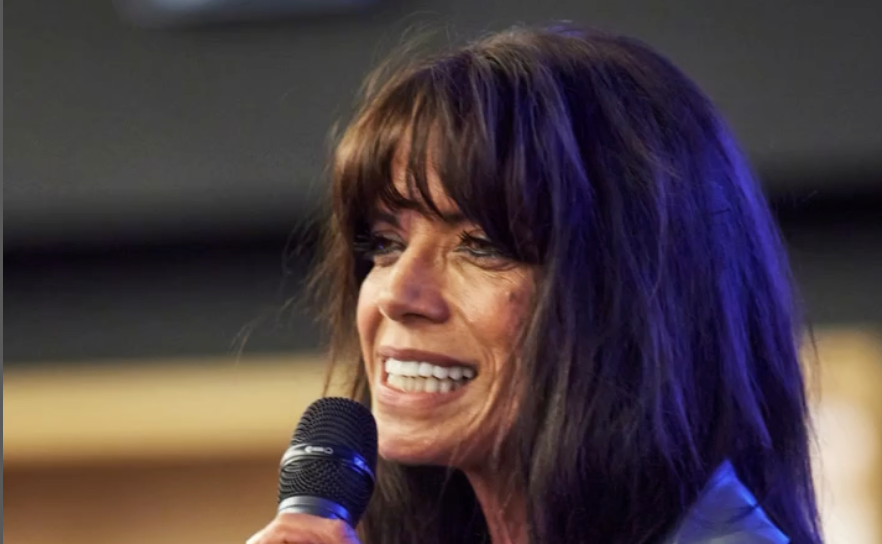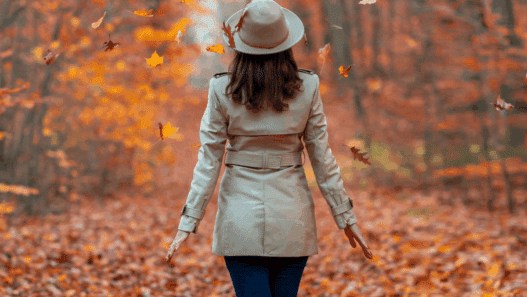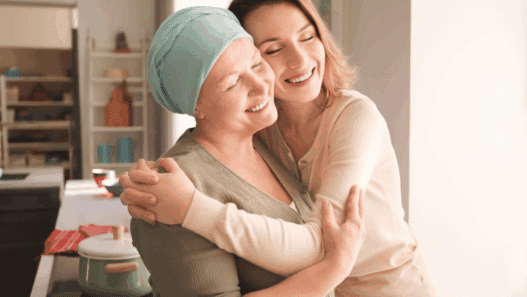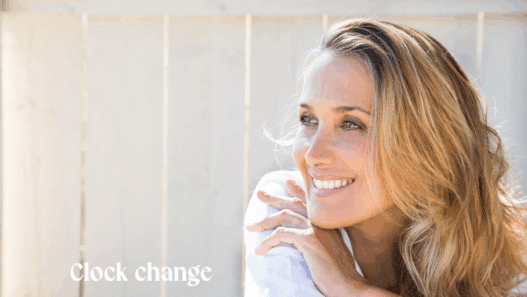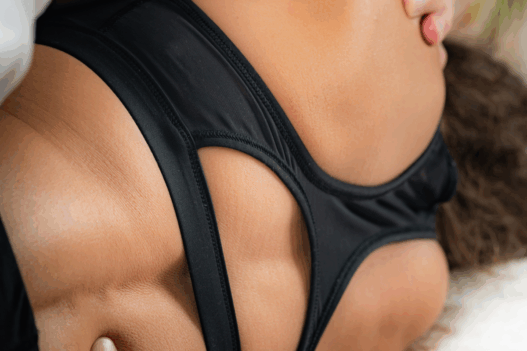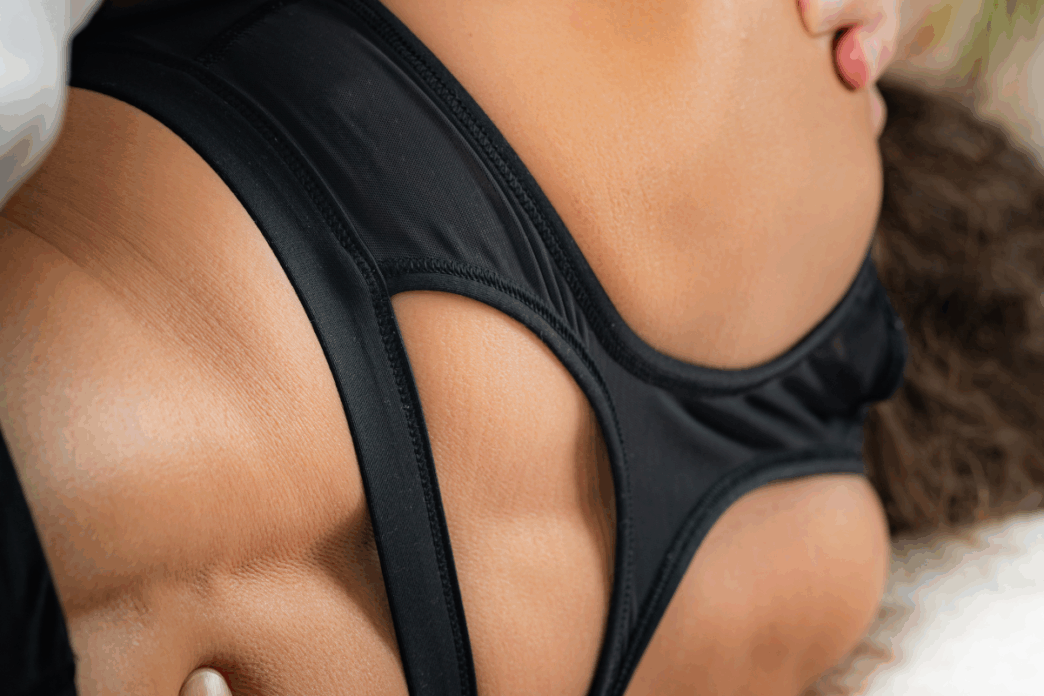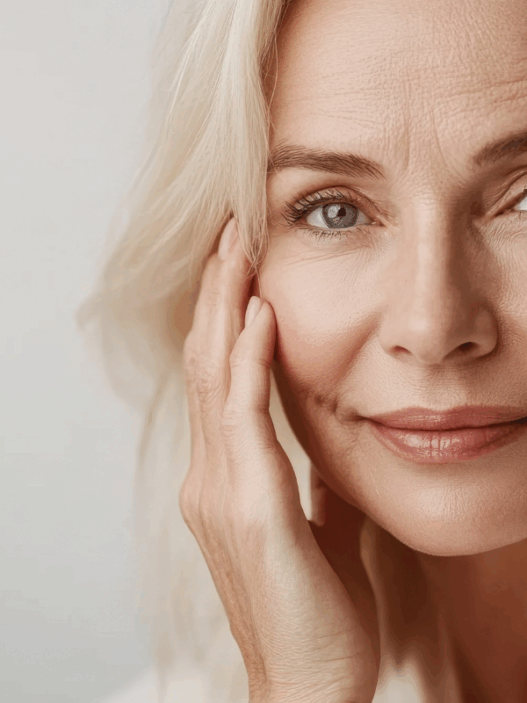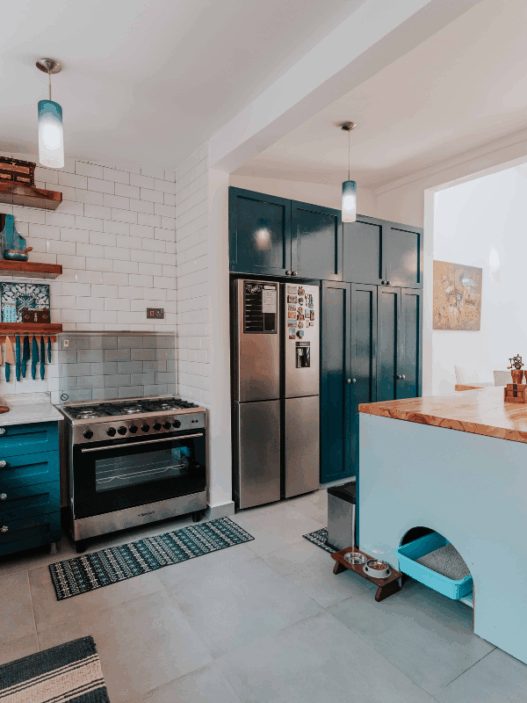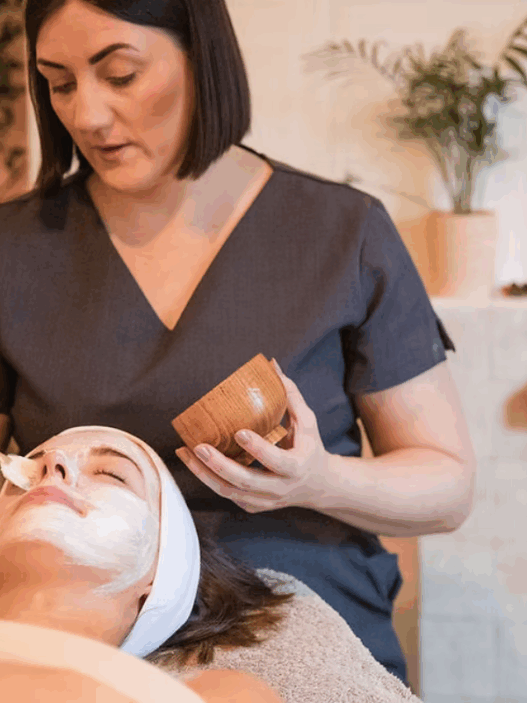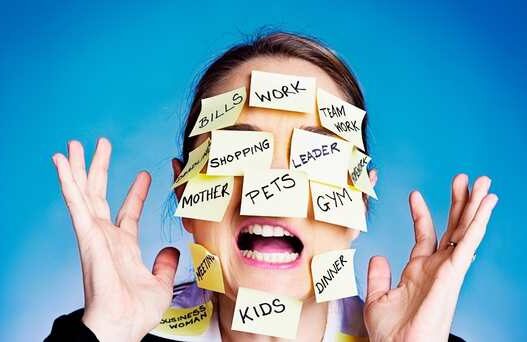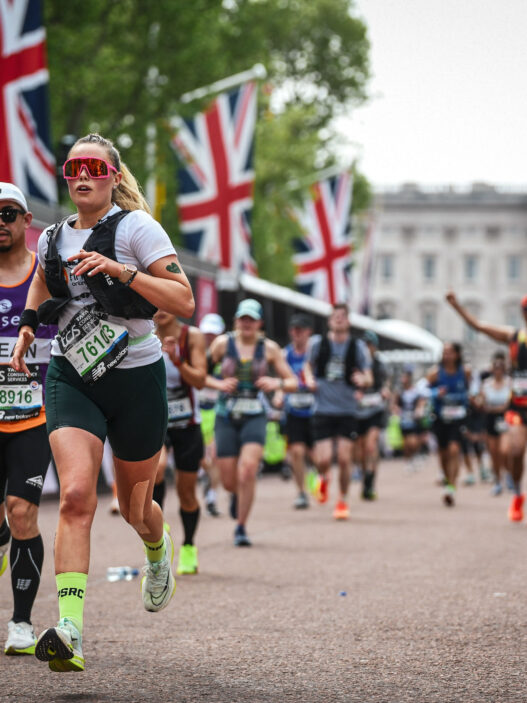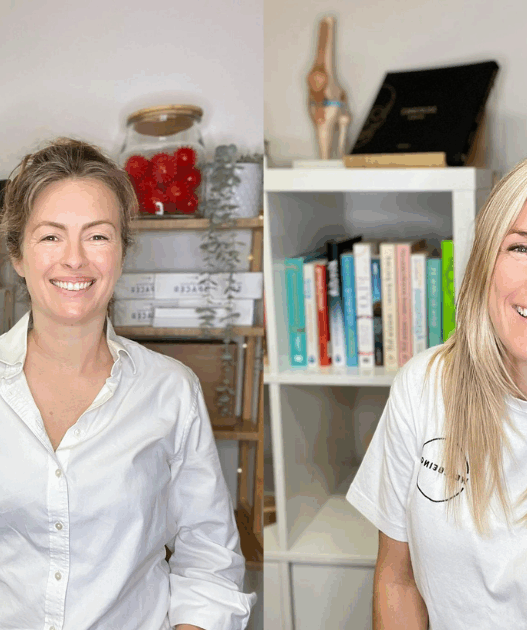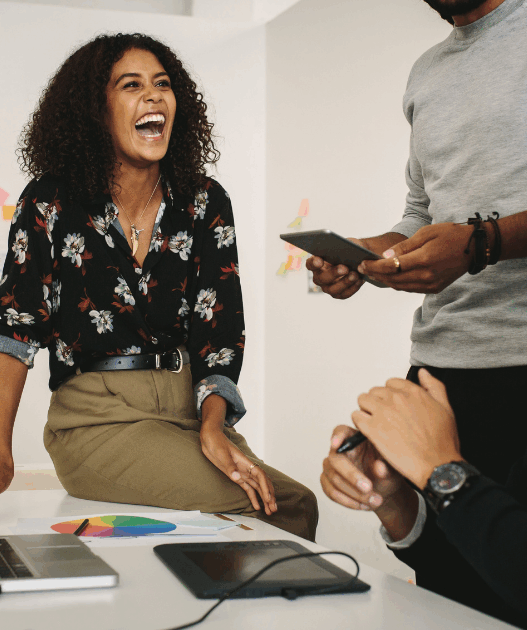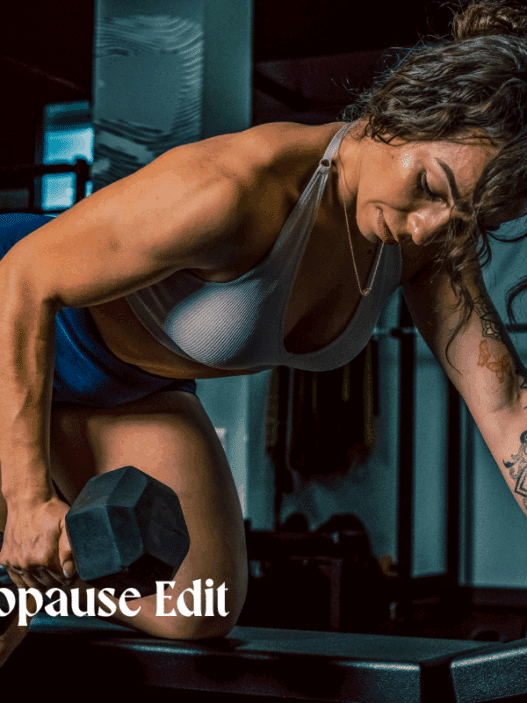By Lily & Connie, your osteopaths at WellBeings.co.uk, Alderley Park
If you are going through menopause, you may well have noticed your body feeling different when you move, stretch, or exercise. You’re not imagining it: menopause brings powerful hormonal shifts that influence every part of how we move and feel. But with the right understanding and a few smart strategies, you can move fearlessly through this stage and beyond.
Why Movement Matters More Than Ever
As oestrogen and progesterone levels fall, the effects ripple through the body. Oestrogen lubricates joints, maintains collagen, builds muscle, and even helps keep inflammation in check. As oestrogen levels decline, your joints may feel stiffer, your muscles weaker, and recovery from injury may be slower. So it is tempting to start moving more cautiously; but the less you move, the more discomfort you feel.
The good news? The right kind of exercise actually reduces pain, builds resilience, and supports emotional wellbeing.
1. Strength – The Foundation of Longevity
Think of your body as a finely tuned machine. If the struts weaken, the levers slow, or the pulleys fray, the whole system suffers. Strength training is how we maintain every part of that mechanism – bones, muscles and connective tissue alike. According to Wolff’s Law, bones adapt to the stress placed on them, growing stronger when we challenge them; and resistance training is the best way to stimulate that process.
And the benefits go far beyond bone health. A decade-long study of more than 3,600 adults over 50 found that higher muscle mass was linked to lower risk of death from all causes. In other words, muscle is medicine – one of the strongest predictors of longevity, more important than body weight or BMI.
So don’t be afraid to pick up those weights. Start light, start now and keep building.
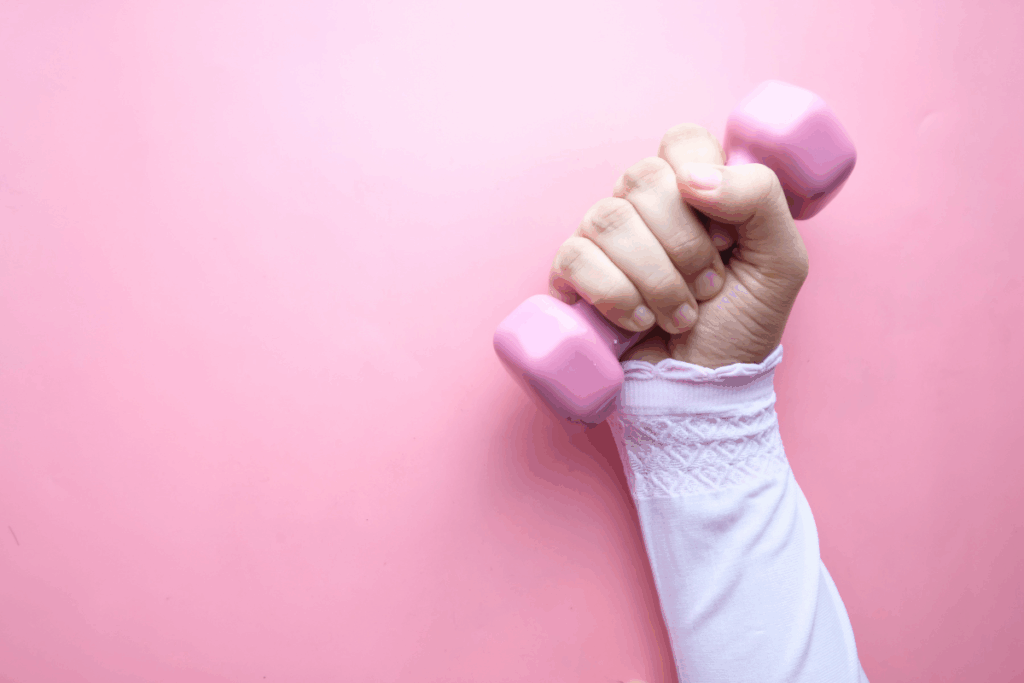
2. Stability – Reclaim Your Balance
Many women tell us their biggest fear isn’t pain, it’s falling. That’s where proprioception comes in. Proprioception is your body’s built-in GPS; how it senses position and movement. We rely on it most at our extremities: ankles, wrists, and neck. The good news is, you can train it easily at home.
Try this for improved balance and ankle stability: stand on one leg while brushing your teeth. You’ll wobble at first but that’s the point. Each micro-adjustment helps your brain build new neural connections, improving coordination between your eyes, inner ears, joints, and muscles.
Start supported, for only a few seconds at a time, and work towards two minutes. You’ll be amazed how quickly your balance improves.
And yes, the neck matters too. All those hours looking down at screens can dull our natural proprioceptive reflexes, but regular gentle neck stretches and posture resets can help enormously.
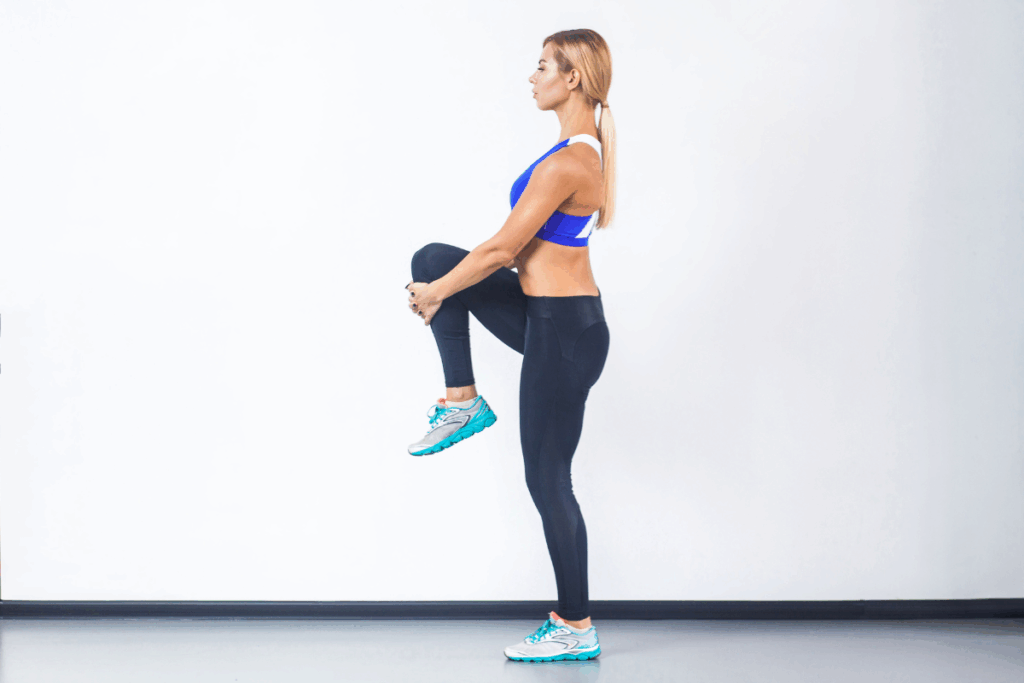
3. Support – Be Kind to Your Boobs
Let’s talk about breasts. As oestrogen and progesterone levels shift, many women notice tenderness, changes in shape, or loss of fullness. This is your cue to check your bra fit. 34F and a 38D are the same cup volume – it’s the band that changes the fit.
An average D-cup pair of breasts can weigh up to 23 pounds – the equivalent of 18 tins of beans! Around 70% of women wear the wrong size, often too loose around the band and too small in the cup. That imbalance means the straps do all the work. Without proper support, the weight transfers to your neck and shoulders, affecting posture, compressing nerves, and making you more vulnerable to headaches.
And if you run, take note: researchers at Portsmouth University found that breasts can move 4-15 cm during running. Investing in a high-support sports bra isn’t vanity – it’s essential body care.
4. Pelvic Floor – The Power You Can’t See
As collagen declines, muscle strength naturally dips – and one area that really feels it is the pelvic floor.
This sling of muscles stretches from the front of your pelvis to the base of the spine. It supports the bladder, bowel, and uterus. It is a fundamental part of your core and plays a key role in hip and back movement and positioning.
To find it, imagine stopping yourself mid-pee – feel that lift? That’s your pelvic floor. Try this sitting upright on a chair: imagine gently picking something up from the seat beneath you (without using your hands!). Tiny, regular activations build strength and coordination – helping with bladder control, hip alignment, and even core stability. Small steps lead to big confidence.
5. Suppleness – Keep the Machine Moving
Oestrogen receptors live in your joints, which means as levels fall, the “oil” in the system starts to thicken. The result? That morning stiffness so many women describe. About half of all women experience joint pain or “arthralgia” during menopause, especially in the neck, shoulders, hips, and knees.
Movement is the antidote. Stretching opens the joints, while strength training compresses and nourishes them. Together, these help joint fluid circulate, blood flow improve, and pain ease.
Remember: joints stiffen most when still and oestrogen levels are lowest – often in the morning. So start the day with a few minutes of gentle mobility work before coffee. You’ll feel the difference.
6. Stress – Calming the Inner Systems
Two systems work constantly to keep your body balanced:
- The nervous system, which acts fast
- The endocrine system, which acts more slowly through hormones
Movement helps restore that balance. Exercise boosts blood flow to the brain, enhancing focus and mood. In fact, just 30 minutes of movement can make your brain function up to 10% better – buying you an extra 6 productive minutes per hour of the day!
Oestrogen helps regulate serotonin; the “feel-good” chemical that supports mood, sleep, energy, and memory. When oestrogen drops, cortisol (our stress hormone) can take over, leading to inflammation and fatigue.
Add to that the calming power of nature: studies show that the feeling of awe (think sunrise walks, big skies, or ancient trees) has an anti-inflammatory effect. Whenever you can, move outside (ideally barefoot) and let your senses reset.
7. Making It Stick
Good intentions don’t always become habits, especially when life is full. So try these small shifts:
- Take choice out of it: build movement into your routine before you can overthink it.
- Make it incidental: going upstairs? Go twice. Two steps at a time.
- Make it fun: listen to your favourite podcast, meet a friend, or dance in your kitchen. Movement that brings joy is movement that lasts.
The Osteopathic Perspective
At WellBeings, we see daily how fear and discomfort can make women move less, and how the right guidance can change everything. Osteopathy helps to restore fluid, confident movement by addressing restrictions in joints, muscles, and fascia. Combined with lifestyle and exercise support, it can help you rediscover strength, ease, and trust in your body again.
Lily and Connie
Our message is simple: menopause isn’t the end of vitality, it’s a new phase of possibility. With a little knowledge, kindness, and the right support, your body can feel strong, balanced, and you can be fearless again.
Find your balance. Move fearlessly. Feel supported.
Visit www.wellbeings.co.uk or join us at EveryBody Gym @ Alderley Park to explore how osteopathy and tailored movement can help you feel your best – through menopause and beyond.
